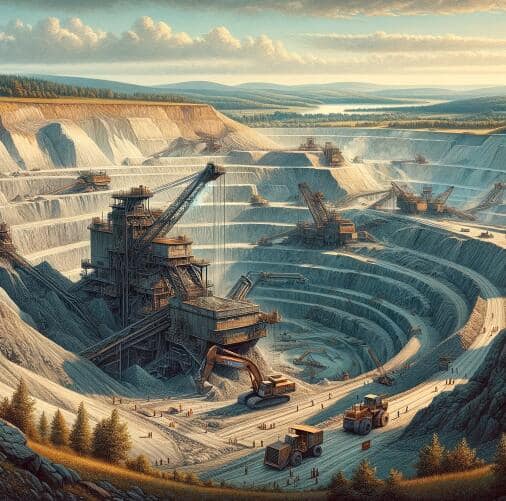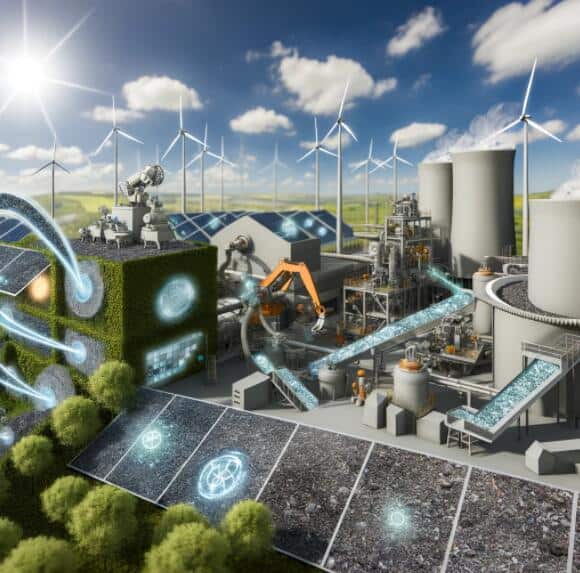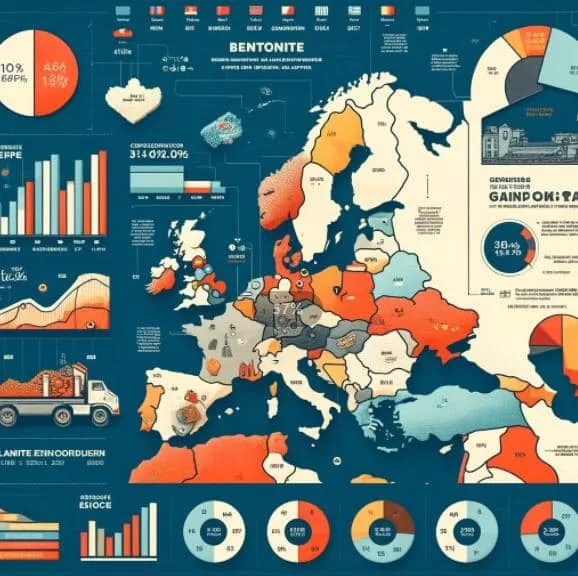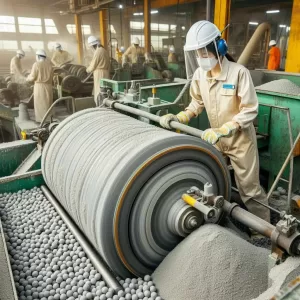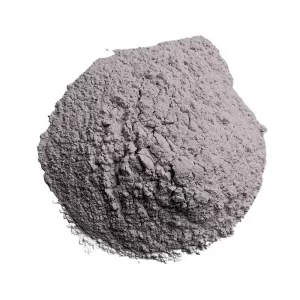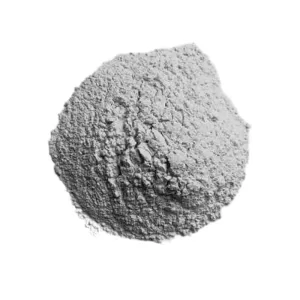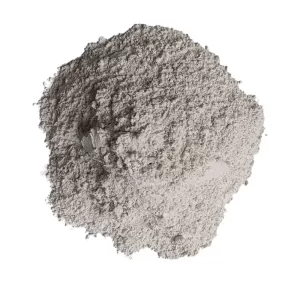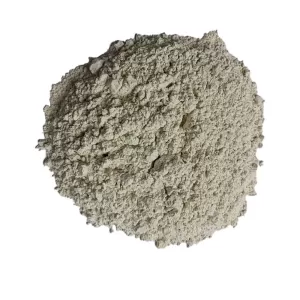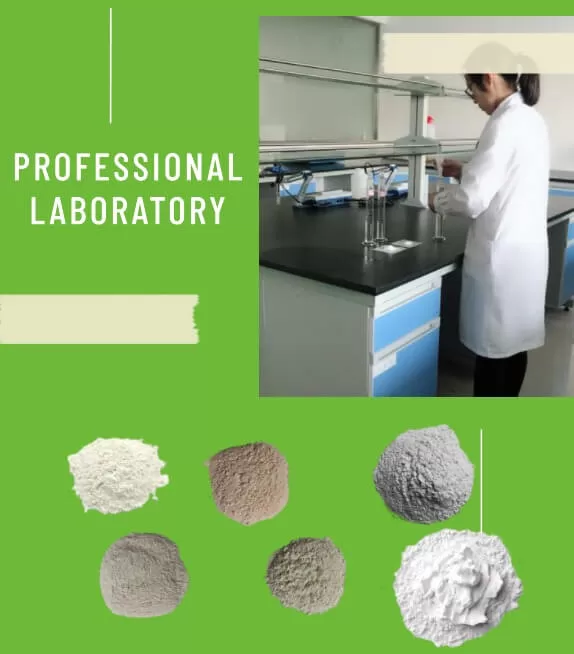Bentonite Introduction and Industrial Significance
Bentonite is a clay composed primarily of montmorillonite. It possesses unique properties such as swelling, water absorption, viscosity, and thixotropy, which are indispensable in a wide range of industrial sectors. Mixing with water results in a suspected gel consistency suitable for drilling fluids, environmental containment systems, cast sand, etc. With its rich mineral resources and excellent industrial units, Europe has been a leader in the practice and optimization of bentonite applications.
The background and evolution of the times
The bentonite industry in Europe began in Europe in 20. The bentonite industry has come a long way this century as the demand for mineral-based industrial materials grew after World War II. France, Greece, and Italy have become key producers of mineral-rich bentonite. The high rate of development in the bentonite sector incorporates technological innovation and sustainable practices to adapt to the changing needs and standards of foreign markets.
Status of the bentonite industry in Europe
According to a recent report, Europe holds a significant share of the global bentonite market in production and consumption. The industry is characterized by large multinationals and small and medium enterprises (SMEs), which contribute to its dynamism and restoration. France, Greece, Italy, and Turkey are the key countries for fabrication de bentonite in Europe, each with different types of bentonite with specialized uses.
Production and consumption trends
Recent data suggests that sustained bentonite production in Europe will likely be X million tons annually. Consumption patterns reflect the diversified use of bentonite, with exploration accounting for a large portion of consumption, followed by calcining, construction, and agriculture. Green applications such as renewable energy projects and environmentally friendly packaging also increase the need for bentonite, demonstrating the bentonite industry’s adaptability to sustainable trends.
Promoting technological innovation and sustainable development
The European bentonite sector has been at the forefront of selecting innovative technologies to improve efficiency, reduce environmental pollution, and enhance bentonite product quality. More and more technologies are being selected, such as precision extraction, advanced processing, and waste minimization. In addition, a growing focus on sustainable development centered on green development to reduce carbon footprint aligns with EU environmental regulations and policies.
Challenges and Opportunities
Despite its firm position, the European bentonite industry faces several trials and tribulations, including maneuvering pressures, competition to form substitutes, and regulations for continuous innovation. However, these challenges also present opportunities for improving and transforming the sector. Increasing demand for natural and sustainable materials, coupled with the field’s efforts in research and development, are opening up new ways to expand utilization and markets.
Strategic direction and future outlook
In order to maintain growth and competitiveness, the European bentonite sector must commit to strategic investments in R&D, utilization diversification, and the development of new markets. Collaboration between industry, academia, and government can foster innovation and sustainable development. In addition, embracing digital transformation and judging good practices in environmental management will be key factors in maneuvering the way forward.
The European bentonite sector, with its rich history, current achievements, and future potential, plays a crucial role in the industrial system of the continent. Based on individual strengths and challenges, the field is well-positioned to continue contributing to Europe’s economic growth and environmental sustainability. Along the way, a focus on innovation, sustainability, and global cooperation will determine its trajectory and ensure its relevance and dynamism in future years.


